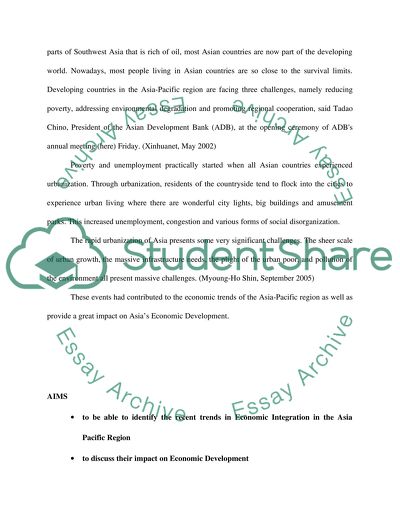Cite this document
(“Recent Trends in Economic Integration in the Asia Pacific Region and Essay”, n.d.)
Recent Trends in Economic Integration in the Asia Pacific Region and Essay. Retrieved from https://studentshare.org/miscellaneous/1517223-recent-trends-in-economic-integration-in-the-asia-pacific-region-and-their-impact-on-economic-development
Recent Trends in Economic Integration in the Asia Pacific Region and Essay. Retrieved from https://studentshare.org/miscellaneous/1517223-recent-trends-in-economic-integration-in-the-asia-pacific-region-and-their-impact-on-economic-development
(Recent Trends in Economic Integration in the Asia Pacific Region and Essay)
Recent Trends in Economic Integration in the Asia Pacific Region and Essay. https://studentshare.org/miscellaneous/1517223-recent-trends-in-economic-integration-in-the-asia-pacific-region-and-their-impact-on-economic-development.
Recent Trends in Economic Integration in the Asia Pacific Region and Essay. https://studentshare.org/miscellaneous/1517223-recent-trends-in-economic-integration-in-the-asia-pacific-region-and-their-impact-on-economic-development.
“Recent Trends in Economic Integration in the Asia Pacific Region and Essay”, n.d. https://studentshare.org/miscellaneous/1517223-recent-trends-in-economic-integration-in-the-asia-pacific-region-and-their-impact-on-economic-development.


